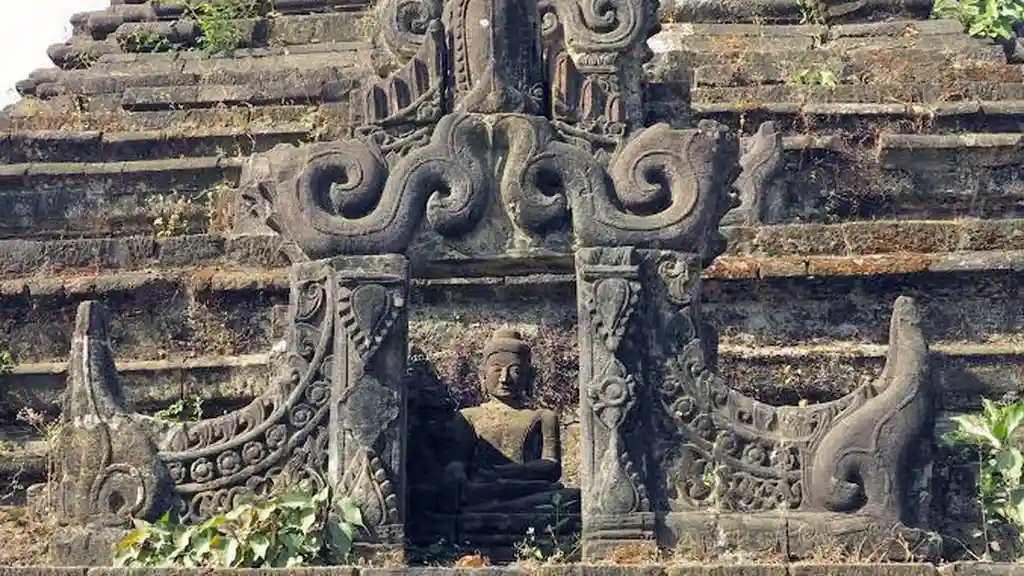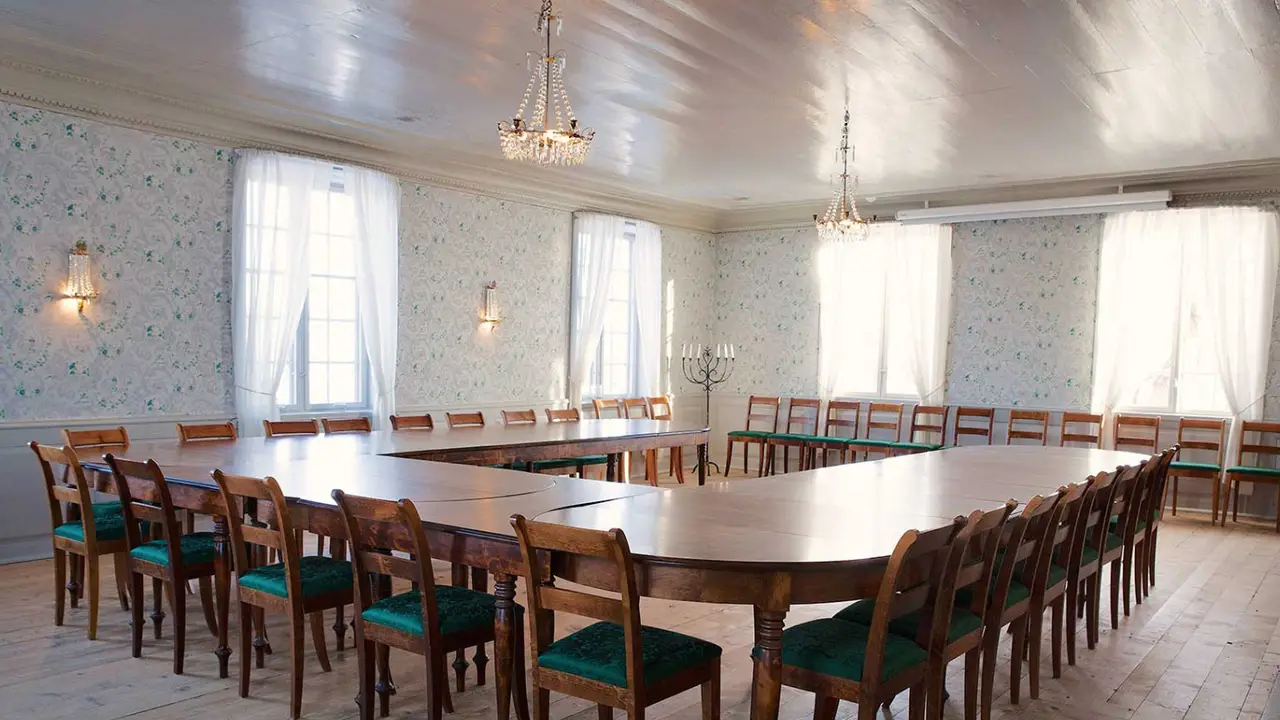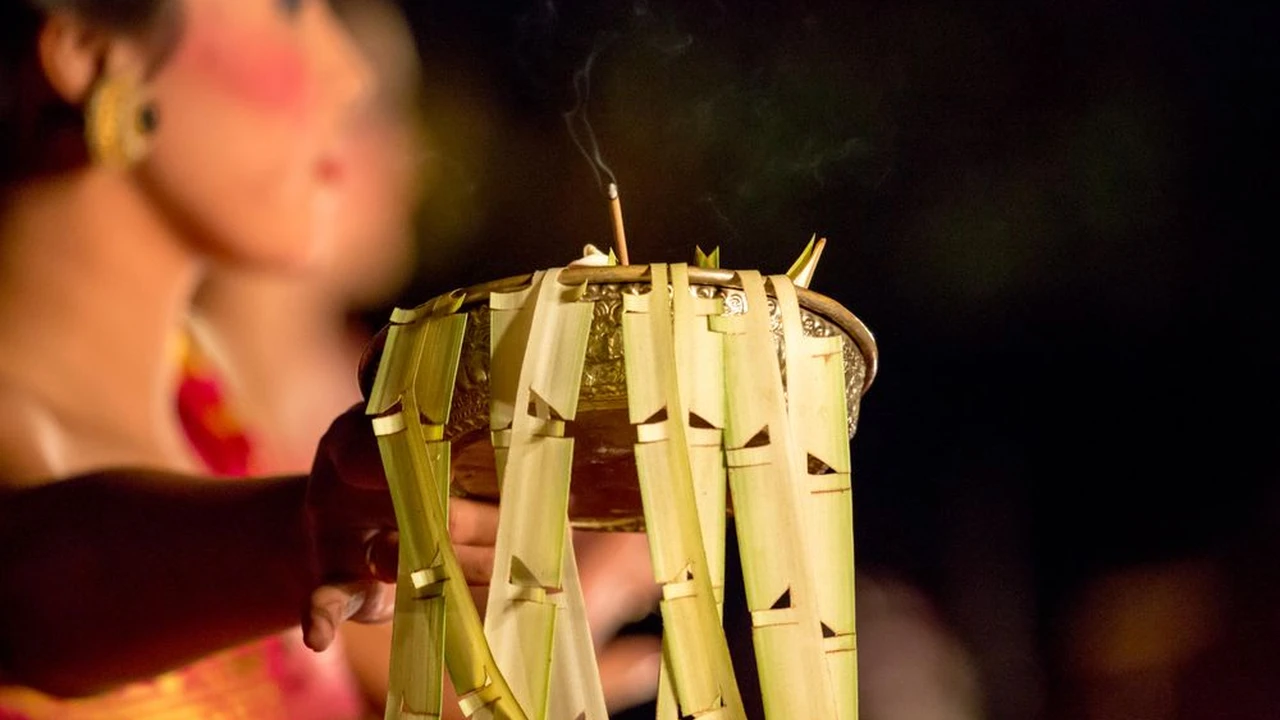5 Hidden Gems of Southeast Asian Royal History
Discover the lesser-known historical sites and stories of Southeast Asian royal history. Plan your unique adventure.

Introduction: Unveiling Southeast Asia's Royal Secrets
Southeast Asia, a region known for its vibrant cultures, stunning landscapes, and rich history, holds many secrets within its royal past. While Angkor Wat and Ayutthaya often steal the spotlight, countless other sites and stories remain largely unexplored. This guide will take you on a journey to uncover five hidden gems of Southeast Asian royal history, offering a unique and enriching experience for history enthusiasts and adventurous travelers alike. Prepare to be amazed by the lesser-known aspects of this fascinating region.
Hidden Gem 1: Sambor Prei Kuk, Cambodia - Exploring the Pre-Angkorian Era
Before the grandeur of Angkor, there was Sambor Prei Kuk, an ancient city that served as the capital of the Chenla kingdom. This UNESCO World Heritage site, located in Kampong Thom province, is a complex of impressive pre-Angkorian temples dating back to the 6th and 7th centuries. Unlike the bustling crowds of Angkor, Sambor Prei Kuk offers a serene and intimate experience, allowing you to truly connect with the past.
Why Visit Sambor Prei Kuk? Uncovering the Pre-Angkorian Architectural Marvels
Sambor Prei Kuk is a testament to the architectural prowess of the Chenla kingdom. The temples, constructed primarily of brick, feature intricate carvings and unique octagonal structures. Walking through the lush jungle that surrounds the temples, you'll feel like you've stepped back in time. The site is divided into three main groups – Prasat Sambor, Prasat Yeah Puon, and Prasat Tor – each with its own distinct character and history. Don't miss the opportunity to witness the sunrise or sunset over these ancient ruins for a truly magical experience.
Getting There and What to Expect at Sambor Prei Kuk Cambodia
Getting to Sambor Prei Kuk can be an adventure in itself. The site is located about 30 kilometers north of Kampong Thom town. You can hire a taxi or tuk-tuk from Kampong Thom, but be prepared for a bumpy ride on dirt roads. Once you arrive, you'll need to purchase a ticket (around $10 USD). It's best to visit during the dry season (November to April) when the roads are more accessible. Remember to wear comfortable shoes, bring plenty of water, and hire a local guide to learn more about the history and significance of the temples.
Hidden Gem 2: Mrauk U, Myanmar - The Lost City of Arakan
Tucked away in the remote Rakhine State of Myanmar lies Mrauk U, a once-powerful kingdom that rivaled even Angkor. This ancient city, founded in the 15th century, is home to hundreds of temples and pagodas, many of which are adorned with intricate carvings and statues. Mrauk U offers a glimpse into a little-known chapter of Southeast Asian history, far from the well-trodden tourist trails.
Exploring Mrauk U Myanmar Temples and Royal History
The temples of Mrauk U are a unique blend of Burmese and Indian architectural styles. Some of the most notable sites include the Shittaung Temple, with its thousands of Buddha images; the Koe Thaung Temple, known as the 'Temple of 90,000 Buddha Images'; and the Htukkanthein Temple, a fortress-like structure with intricate carvings depicting scenes from the Jataka tales. Exploring these temples, you'll gain a deeper understanding of the rich cultural heritage of the Arakan kingdom. Be sure to hire a local guide who can share the stories and legends behind each temple.
Reaching Mrauk U Myanmar Transportation and Accommodation
Getting to Mrauk U requires a bit more effort than other tourist destinations in Myanmar. The most common route is to fly from Yangon to Sittwe, the capital of Rakhine State, and then take a boat up the Kaladan River to Mrauk U. The boat journey takes around 4-7 hours, depending on the river conditions. Alternatively, you can take a bumpy overland route from Sittwe, which is not recommended due to the poor road conditions. Accommodation options in Mrauk U are limited, but there are a few guesthouses and small hotels available. Book in advance, especially during the peak season (November to February).
Hidden Gem 3: Hue, Vietnam - The Imperial City and Royal Tombs
While Hanoi and Ho Chi Minh City often dominate the travel itineraries of Vietnam, Hue, the former imperial capital, offers a deeper dive into the country's royal history. Situated on the Perfume River, Hue is home to the Citadel, a sprawling complex of palaces, temples, and gardens that once housed the Nguyen Dynasty emperors. The city is also dotted with elaborate royal tombs, each reflecting the unique personality and tastes of the emperor it commemorates.
Discovering Hue Vietnam Imperial Citadel and Royal Tombs Architecture
The Citadel of Hue is a UNESCO World Heritage site and a must-visit for anyone interested in Vietnamese history. Modeled after the Forbidden City in Beijing, the Citadel is a walled enclosure that contains the Imperial City, the Forbidden Purple City (the emperor's residence), and various other palaces and temples. Exploring the Citadel, you'll marvel at the intricate architecture, the ornate decorations, and the sheer scale of the complex. The royal tombs of Hue, located along the Perfume River, are equally impressive. Each tomb is designed as a miniature palace, surrounded by gardens, lakes, and temples. The tombs of Minh Mang, Tu Duc, and Khai Dinh are particularly noteworthy.
Planning Your Trip to Hue Vietnam Travel Tips and Recommendations
Hue is easily accessible by plane, train, or bus from other major cities in Vietnam. The best time to visit is during the dry season (February to August) when the weather is warm and sunny. Consider hiring a cyclo (pedicab) or motorbike to explore the city and its surrounding areas. Don't miss the opportunity to take a boat trip on the Perfume River, which offers stunning views of the Citadel and the royal tombs. Be sure to try some of Hue's famous cuisine, such as bun bo Hue (spicy beef noodle soup) and banh khoai (crispy pancake).
Hidden Gem 4: Sukhothai, Thailand - The Dawn of Siamese Civilization
Before Ayutthaya, there was Sukhothai, the first capital of the Siamese kingdom and the birthplace of Thai art and architecture. Sukhothai Historical Park, a UNESCO World Heritage site, is a sprawling complex of ancient ruins, temples, and statues that offer a glimpse into the golden age of Thai civilization. Unlike the crowded temples of Ayutthaya, Sukhothai provides a more tranquil and contemplative experience.
Exploring Sukhothai Thailand Historical Park Temples and Statues
Sukhothai Historical Park is best explored by bicycle. Rent a bike at the entrance and cycle through the park, stopping at the various temples and ruins along the way. Some of the most notable sites include Wat Mahathat, the largest and most important temple in the park; Wat Si Sawai, a Khmer-style temple with three prangs (towers); and Wat Sa Si, a picturesque temple located on an island in the middle of a lake. Pay close attention to the unique Sukhothai-style Buddha statues, which are characterized by their serene expressions and graceful postures. The park is particularly beautiful at sunrise and sunset, when the light casts a warm glow over the ancient ruins.
Getting Around Sukhothai Thailand Accommodation and Activities
Sukhothai is easily accessible by bus or train from Bangkok. The town of Sukhothai is located about 12 kilometers east of the historical park. You can stay in Sukhothai town or in one of the guesthouses located closer to the park. In addition to exploring the historical park, consider visiting the Ramkhamhaeng National Museum, which houses a collection of artifacts from the Sukhothai period. You can also take a day trip to the nearby city of Si Satchanalai, another important historical site with well-preserved ruins and temples.
Hidden Gem 5: Kampong Thom, Cambodia - More Than Just a Stopover
Often overlooked as a mere stopover on the way to Siem Reap, Kampong Thom province in Cambodia offers a wealth of historical and cultural attractions. Beyond Sambor Prei Kuk, the province is home to numerous other ancient temples, traditional villages, and stunning natural landscapes. Exploring Kampong Thom, you'll discover a more authentic and less touristy side of Cambodia.
Discovering Kampong Thom Cambodia Ancient Temples and Local Life
In addition to Sambor Prei Kuk, Kampong Thom province is home to Prasat Kuh Nokor, an Angkorian-era temple with intricate carvings and a serene atmosphere. Visit the local villages and witness the traditional way of life, where you can see how local artisans craft pottery or weave silk. The province is also known for its stunning natural beauty, including the Phnom Santuk mountain, which offers panoramic views of the surrounding countryside. Consider taking a boat trip on the Stung Sen River, where you can observe the local fishing communities and enjoy the tranquility of the river.
Planning Your Visit to Kampong Thom Cambodia Accommodation and Transportation
Kampong Thom is easily accessible by bus from Phnom Penh and Siem Reap. The town of Kampong Thom offers a range of accommodation options, from budget guesthouses to mid-range hotels. Consider hiring a tuk-tuk or motorbike to explore the province. Be sure to try some of the local cuisine, such as prahok (fermented fish paste) and kuy teav (noodle soup). Remember to dress respectfully when visiting temples and other religious sites.
Product Recommendations for Your Opulent Historical Journey
To enhance your opulent historical journey through Southeast Asia, consider these product recommendations:
High-Quality Travel Camera: Sony Alpha 7 III
Capture the stunning architecture and landscapes with a high-quality camera. The Sony Alpha 7 III offers excellent image quality, fast autofocus, and a weather-sealed body. This camera is perfect for capturing the intricate details of ancient temples and the vibrant colors of Southeast Asian culture. It's priced around $2000 USD, but the investment is well worth it for the memories you'll create.
Noise-Cancelling Headphones: Bose QuietComfort 45
Enjoy peace and quiet during long train or bus journeys with noise-cancelling headphones. The Bose QuietComfort 45 offers excellent noise cancellation, comfortable earcups, and long battery life. These headphones will help you relax and immerse yourself in your historical readings or audio guides. They retail for around $330 USD.
Portable Charger: Anker PowerCore 20100
Keep your devices charged on the go with a portable charger. The Anker PowerCore 20100 offers a high capacity and fast charging speeds. This charger is essential for keeping your phone, camera, and tablet powered up during long days of exploring ancient sites. It's priced around $50 USD.
Travel Backpack: Osprey Atmos AG 65
Carry your essentials in a comfortable and durable travel backpack. The Osprey Atmos AG 65 offers excellent support, ventilation, and plenty of storage space. This backpack is perfect for carrying your camera, water bottle, snacks, and other essentials while exploring historical sites. It retails for around $280 USD.
Travel Guidebook: Lonely Planet Southeast Asia
Plan your itinerary and learn about the history and culture of Southeast Asia with a comprehensive travel guidebook. The Lonely Planet Southeast Asia offers detailed information on transportation, accommodation, attractions, and local customs. This guidebook is an invaluable resource for planning your opulent historical journey. It's priced around $30 USD.
Comparing Travel Backpacks: Osprey vs. North Face
When choosing a travel backpack, consider the following comparison between the Osprey Atmos AG 65 and The North Face Borealis:
- Osprey Atmos AG 65: Best for long trips with lots of gear. Offers superior ventilation and suspension. Price: $280 USD.
- The North Face Borealis: Best for shorter trips and everyday use. More affordable and versatile. Price: $99 USD.
Choose the backpack that best suits your travel style and needs.
Final Thoughts: Embrace the Unexpected
Exploring the hidden gems of Southeast Asian royal history is an adventure that will take you off the beaten path and into the heart of the region's rich cultural heritage. Be prepared to embrace the unexpected, to immerse yourself in the local culture, and to discover the untold stories of these fascinating destinations. Your opulent historical journey awaits!
:max_bytes(150000):strip_icc()/277019-baked-pork-chops-with-cream-of-mushroom-soup-DDMFS-beauty-4x3-BG-7505-5762b731cf30447d9cbbbbbf387beafa.jpg)






